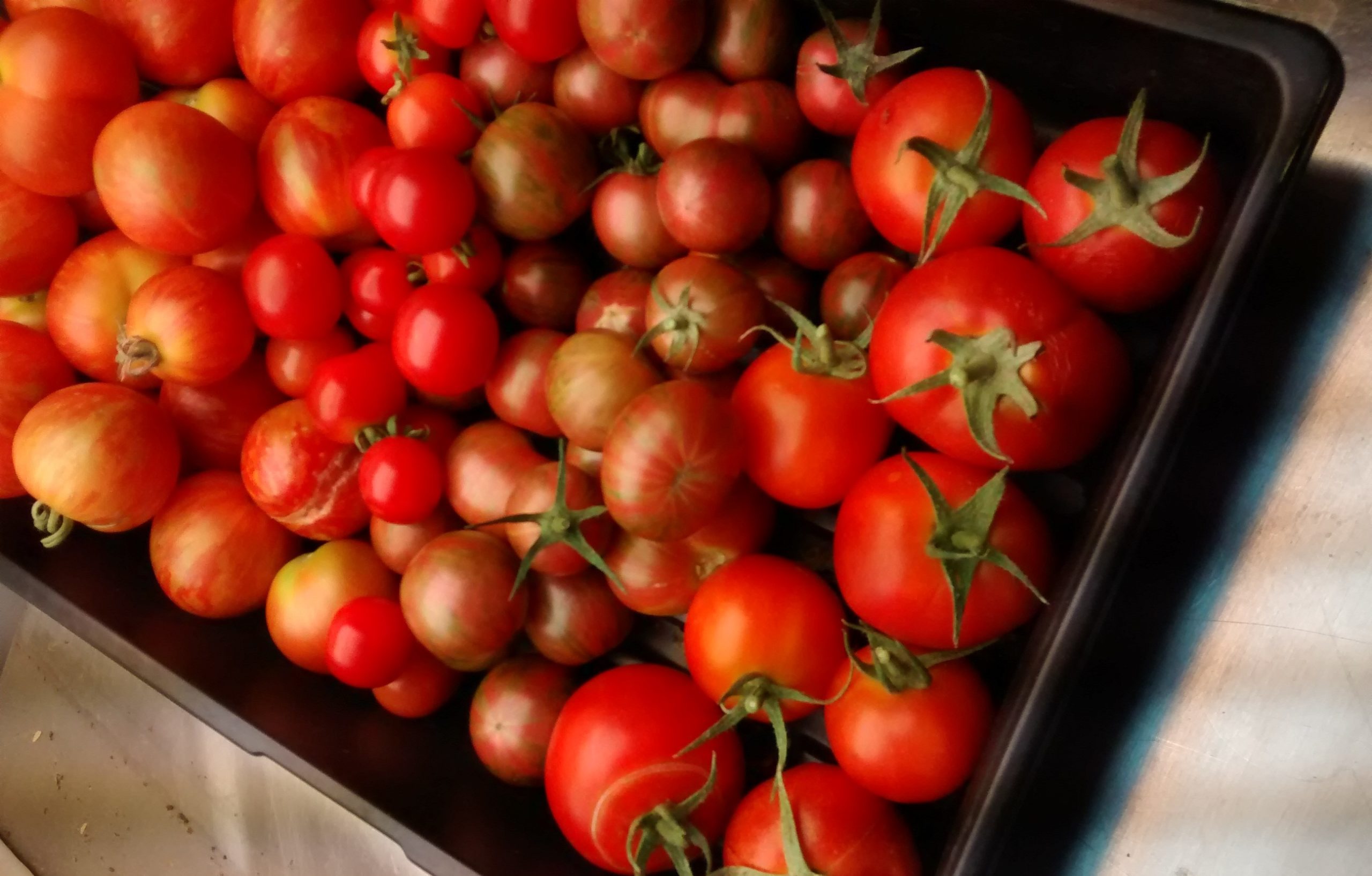
“I’d love to eat organic, but it’s such a rip off. It’s too expensive. Who can afford that?”
Anyone who has gone shopping in an American grocery store has noticed the price difference between organic and conventional products. It’s a very real price gap: USDA data for 2012 price trends of organic and conventional produce shows differences ranging from 12% to 126%. Shoppers are suspicious of the massive markup, and many worry that the “organic” label is just an easy excuse to charge double the price, like a designer tag on an otherwise-ordinary handbag.
But there are good reasons that you’re paying a premium for organic products, as well as some not-so-good reasons that may cause you to reevaluate your grocery enemies.
Organic Gets No Breaks
All things taken into consideration, you’re actually not paying that much more for organic. Conventional produce receives subsidies from the government to make production cheaper, and thus drive down the cost. These subsidies are funded with tax dollars and amounted to $292.5 billion between 1995-2012. Ten percent of all US farms collected 75% of these subsidies. In a way, every taxpayer has already paid a premium for the conventional produce from these few farms, which becomes invisible again when the cheap products hit the shelves.
In general, when it comes to capitalism, bigger equals better. Industrial-sized factory farms are able to charge much less than organic suppliers if only because they are capable of producing far more. Smaller organic businesses have to charge more to compete, and to cover the costs of their sustainable practices.
Cruelty is Cheap
It is much cheaper to run a conventional farm than an organic one. Though frequently cruel and environmentally destructive, conventional techniques are much cheaper. Factory farms save money by piling animals into cages so tightly that they cannot move, thereby maximizing meat output per square-foot of barn. Farmers pump livestock food full of antibiotics to avoid losing their tightly-packed product to potential illnesses, and inject cows with growth hormones to increase total meat yield.
Conventional produce, too, is showered with chemicals; over a billion pounds of pesticides are used annually in the US alone, which sit on the skins of fruits and vegetables, and run off into water sources. At least 16% of pesticide users are estimated to have been poisoned by the chemicals at some point, and the USDA estimates that 50 million Americans have potentially had their water source contaminated by pesticides and other agricultural chemicals.
Organic produce is more expensive because it maximizes welfare rather than square footage. Allotting livestock a humane amount of space and abstaining from the use of growth hormones both result in a smaller yield, and thus a more expensive one. Rather than using chemical fertilizers that work instantly, organic farms often use various forms of crop rotation to replenish soil nutrients naturally. A 30-year study of farming found that “these regenerative techniques consume 45 per cent less energy and emit 29 per cent less carbon than conventional methods.” Organic products are less reliant on nonrenewable energy sources like foreign oil, and are thus globally “cheaper” in this way.
Like Anything Else
People that want to drink quality, smoother, well-filtered, better tasting alcohol made with superior ingredients and not cut with cheap fillers which won’t give you a headache the next day, pay more for it. They don’t complain about the price, either, because it’s generally understood that that’s how the system works. Higher quality costs more. Garbage costs less.
People pay more for higher-quality clothes that they know are going to last longer. Food is obviously more temporary than a T-Shirt, but the industries that support it are not. The sustainability of food industries may prove to make or break our country. Wherever you can, make the sustainable choice and shop organic.




